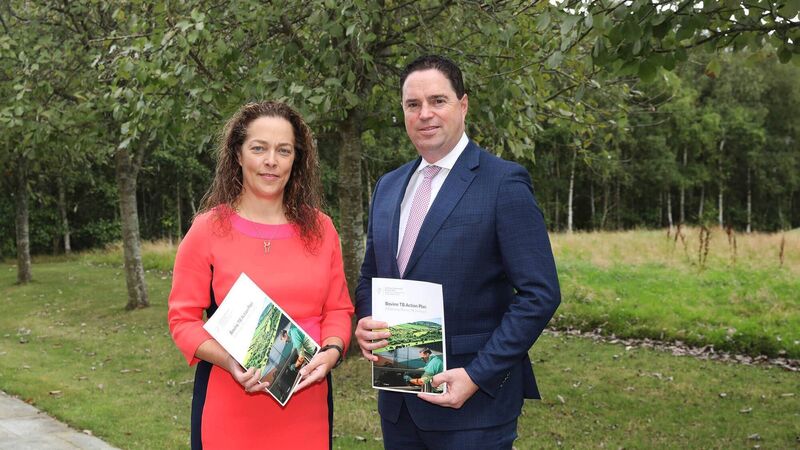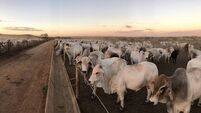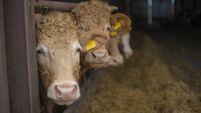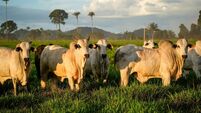Heydon’s TB action plan finally announced

Pictured are Minister for Agriculture, Food and the Marine, Martin Heydon, TD and Chief Vetinerary Officer June Fanning at the launch of "Bovine TB Action Plan Addressing Bovine TB in Ireland". Pic: MAXWELLS
This week, Minister Heydon announced his department’s new action plan to begin to reverse the effects of bovine TB (TB) in Ireland.
As of June 30, 6,449 herds are restricted due to TB, with 43,290 reactors identified. Herd incidence in the country has also risen to 6.40% as of June 29 of this year, a significant increase from the 6.04% herd incidence reported by the department at the end of 2024.












